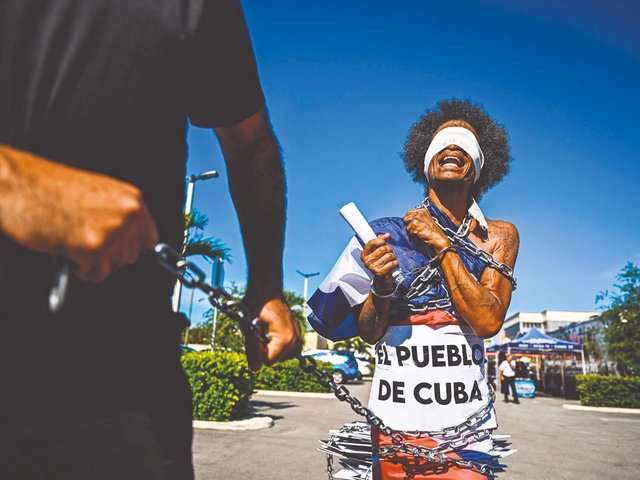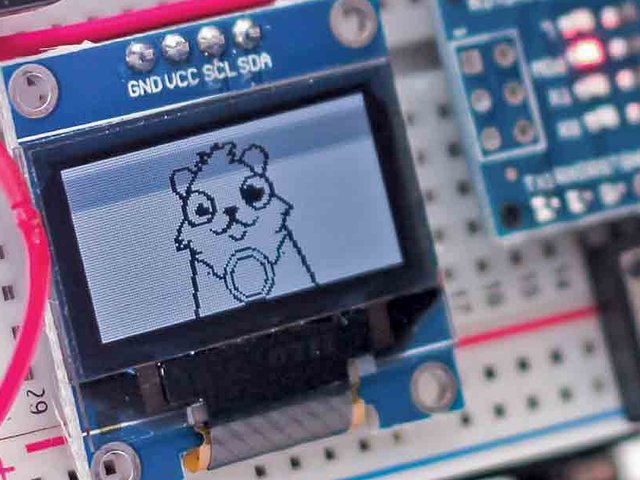It’s not quite a licence to print money but it’s the next best thing. The Bank of England is inviting the public to suggest images to put on the banknotes. Famous historical figures such as William Shakespeare, Isaac Newton and Jane Austen may still appear on the currency, but their presence is no longer assured.
Instead, the BOE says it welcomes proposals for other aspects of national life, ranging from nature, architecture and landmarks to arts and sport, “noteworthy milestones” and innovation. Motifs on these themes could adorn the next generation of banknotes to enter circulation, which will retain an image of the sovereign.
It's an acknowledgement that our currency is a kind of national work of art. Victoria Cleland, the bank’s chief cashier, describes the notes—which bear her signature—as “little pieces of art in our pocket”.
“Banknotes are more than just an important means of payment,” she adds. “They serve as a symbolic representation of our collective national identity and an opportunity to celebrate the UK.”
Treasuries have been using the design of money as a means of bringing people together since emperors and monarchs had their features embossed on the coinage. Once the only likeness of the powerful that their subjects were liable to see was on their loose change. Mary Beard, a classics professor and keen student of venerable coinage, tells The Art Newspaper that she welcomes the bank’s move. “I can’t see why it might be thought a bad idea,” she says. “After all, we have no idea who dreamed up the designs for Roman coins—that’s my pennyworth!”
However we do know that more recently artists have sometimes been involved in designing banknotes. As a young man, the future society portraitist Gustav Klimt tried his hand at figures of a different kind. It won’t surprise Klimt enthusiasts that his prototype notes depicted alluring women. Sadly, his money never changed hands on the streets of Vienna. But patrons of the city’s coffee houses could pay for their Sacher Torte with bills designed by his contemporary Koloman Moser. In Prague, the first paper money of the former Czechoslovakian state was courtesy of another giant of Art Nouveau, Alphonse Mucha.
Several outstanding artists have been celebrated by their national banks. J.M.W. Turner became the poster boy of the £20 note five years ago and Francisco Goya was on the old 100 peseta note in Spain from 1946 until it was phased out in favour of the euro.
If they’re not represented on the currency or dreaming it up, artists are often busy playing with its symbolism. The works of the German artist Joseph Beuys included dollar bills which he inscribed, while Andy Warhol made silkscreens of the dollar sign. The Italian contemporary artist Antonio Natale centres his whole practice around making art from out-of-date currency.
Some of us might suspect that all paper currency will soon be as redundant as the notes Natale uses. But one in five people in the UK still prefers to use cash, according to the BOE. The deadline to submit ideas for the new notes is the end of this month.
The bank encourages images which are “enduring”, representative of the UK, and “not divisive”. After the naming of a polar research ship was put out to public vote and Boaty McBoatface topped the poll, the BBC has already predicted that BOE officials may receive several recommendations of “Notey McNoteface”. But they appear to have anticipated this danger, saying: “We may not select the theme which receives the most votes because we will also assess how each theme meets our criteria”.
There is no mention of a reward for any idea that the BOE adopts. Successful entrants may influence what we have in our wallets and purses, but in terms of seeing the colour of the bank’s money, that’s probably as far as it goes.




